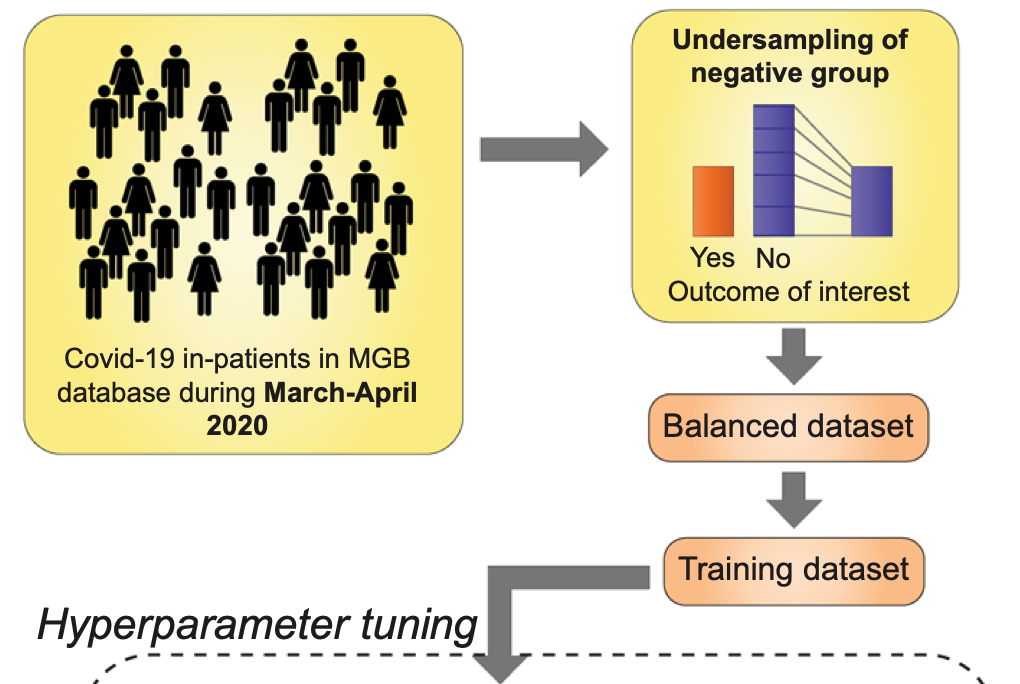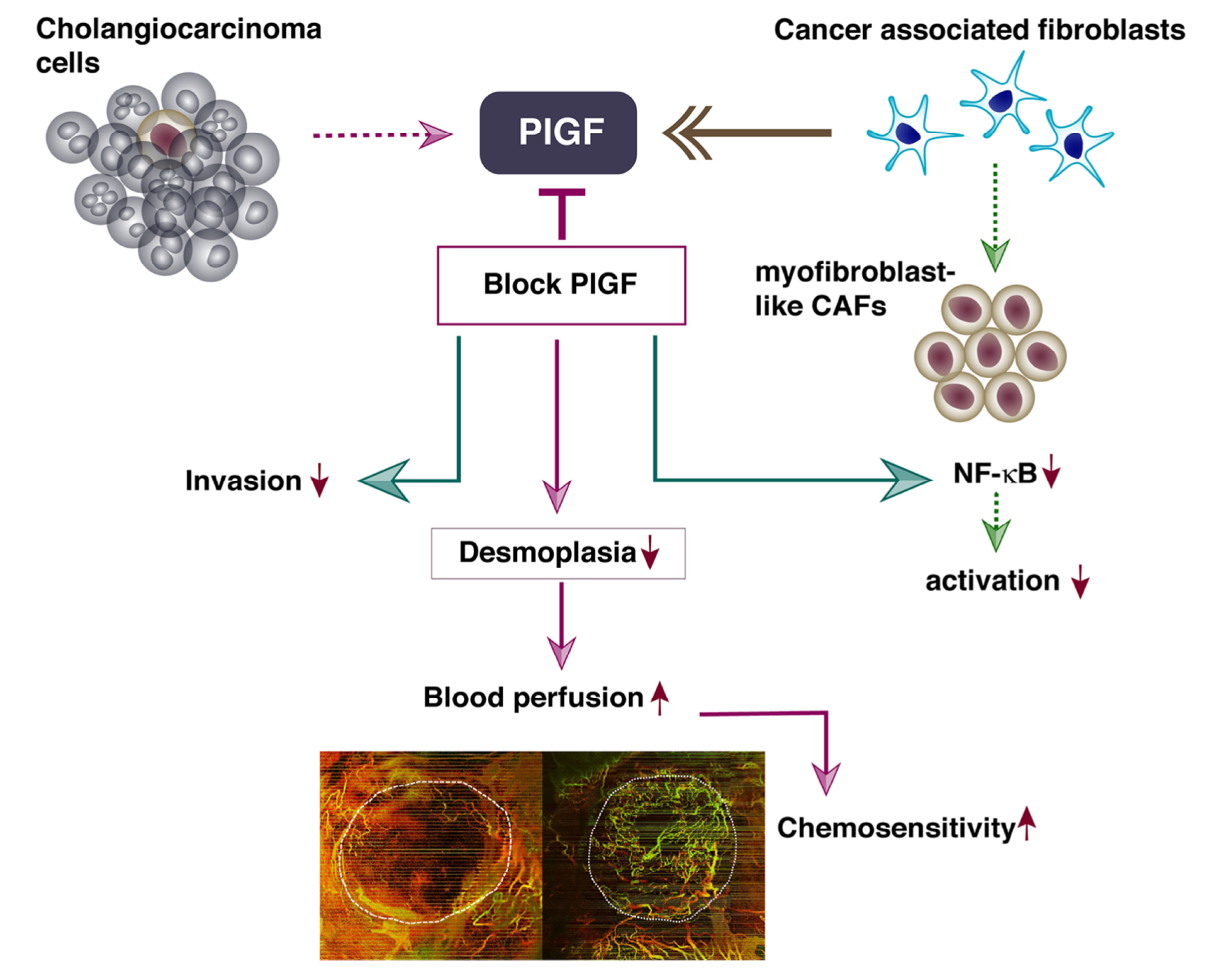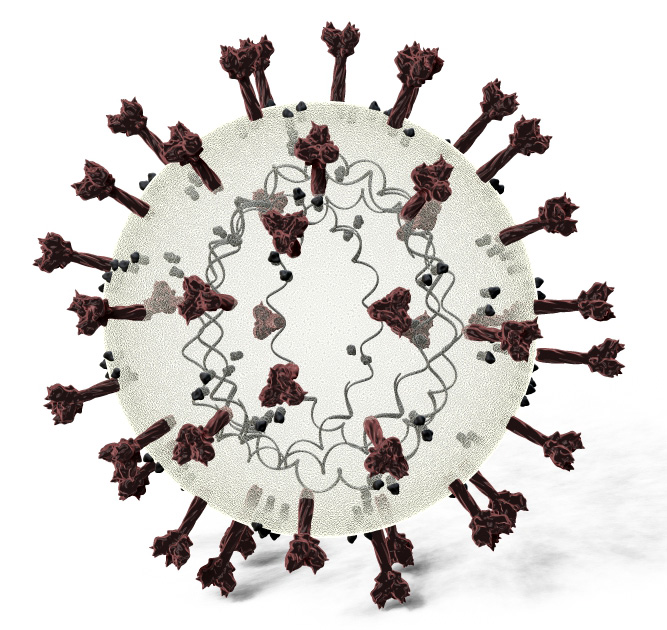In the News
Over a dozen NAI Fellows are recognized by all five national academies, earning the moniker “5-Star Fellows.” But what or who inspired them to persist in their careers and discoveries?Next week, find out which Fellow was mentored by bio-pharmaceutical guru Dr. Judah Folkman!
Immune checkpoint blockade (ICB) has been efficacious in several cancer types. However, mismatch repair–proficient (pMMR) metastatic colorectal cancer (CRC), ∼95% of total metastatic CRC cases, typically does not respond to ICB. Here, we show that orthotopic liver metastasis mouse models of pMMR CRC cell lines are unresponsive to ICB and recapitulate the resistance of human disease, unlike subcutaneous tumors of the same cell lines. We also show that just like the human disease, orthotopic pMMR CRC liver metastases have a paucity of T cells and dendritic cells, and that treatment with Flt3L sensitizes the liver metastases to ICB. Our findings highlight that orthotopic tumor models, and not subcutaneous models, should be used for preclinical studies of cancer immunotherapy.

As predicting the trajectory of COVID-19 is challenging, machine learning models could assist physicians in identifying high-risk individuals. This study compares the performance of 18 machine learning algorithms for predicting ICU admission and mortality among COVID-19 patients. Using COVID-19 patient data from the Mass General Brigham (MGB) Healthcare database, we developed and internally validated models using patients presenting to the Emergency Department (ED) between March-April 2020 (n = 3597) and further validated them using temporally distinct individuals who presented to the ED between May-August 2020 (n = 1711). We show that ensemble-based models perform better than other model types at predicting both 5-day ICU admission and 28-day mortality from COVID-19. CRP, LDH, and O2 saturation were important for ICU admission models whereas eGFR <60 ml/min/1.73 m2, and neutrophil and lymphocyte percentages were the most important variables for predicting mortality. Implementing such models could help in clinical decision-making for future infectious disease outbreaks including COVID-19.

Immune checkpoint blockers (ICBs) have failed in all phase III glioblastoma (GBM) trials. Here, we show that regulatory T (Treg) cells play a key role in GBM resistance to ICBs in experimental gliomas. Targeting glucocorticoid-induced TNFR-related receptor (GITR) in Treg cells using an agonistic antibody (αGITR) promotes CD4 Treg cell differentiation into CD4 effector T cells, alleviates Treg cell-mediated suppression of anti-tumor immune response, and induces potent anti-tumor effector cells in GBM. The reprogrammed GBM-infiltrating Treg cells express genes associated with a Th1 response signature, produce IFNγ, and acquire cytotoxic activity against GBM tumor cells while losing their suppressive function. αGITR and αPD1 antibodies increase survival benefit in three experimental GBM models, with a fraction of cohorts exhibiting complete tumor eradication and immune memory upon tumor re-challenge. Moreover, αGITR and αPD1 synergize with the standard of care treatment for newly-diagnosed GBM, enhancing the cure rates in these GBM models.
Optimized exercise therapy induces vessel normalization, boosts antitumor effector cell infiltration and function, and delays tumor growth in a CXCR3 pathway/CD8+ T cell- dependent manner. This results in sensitization of refractory breast cancer to immune checkpoint blockade.
New research reveals that when breast cancer cells spread to the brain, they must boost production of fatty acids, the building blocks of fat, in order to survive there. The work, which is published in Nature Cancer and was led by investigators at Massachusetts General Hospital (MGH) and the Koch Institute of the Massachusetts Institute of Technology (MIT), points to a potential new treatment target for shrinking brain tumors that arise secondary to breast cancer.
Invited Commentary for Blank et al. Microglia/macrophages express alternative proangiogenic factors depending on granulocyte content in human glioblastoma. J Pathol 2021; 253: 160–173.

Steele researchers discover a promising approach to inhibiting a less frequent but highly treatment-refractory liver cancer


A systems biology model indicates why COVID-19 outcomes vary widely and how therapy can be tailored to match the needs of specific patient groups.


